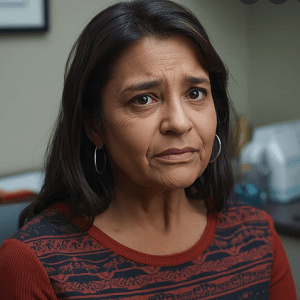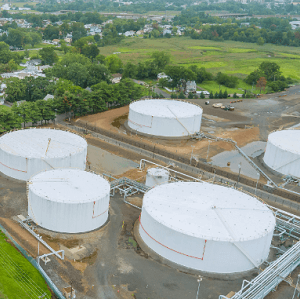Recent findings from Axios highlight the severe impact of air pollution on minority communities in the United States. Nearly half of Americans, approximately 156 million people, are exposed to unhealthy levels of air pollution, including ozone and particle pollution. This exposure has increased by nearly 25 million people compared to last year, marking the highest total in a decade.
Minority communities, particularly Hispanic individuals, are almost three times more likely than white people to live in areas with failing grades for all three pollution categories: ozone, daily particle pollution, and annual particle pollution. This disparity is exacerbated by extreme heat, wildfires, and drought, all linked to climate change. These environmental factors degrade air quality nationwide, posing significant health risks such as asthma, wheezing, coughing, and premature death.
Katherine Pruitt, senior director of nationwide clean air policy at the American Lung Association, emphasizes the need for stronger pollution control measures to combat the worsening air quality and its effects on health. She advocates for maintaining and enhancing EPA regulations rather than rolling them back, to protect vulnerable populations from the harmful impacts of air pollution.
The geographic distribution of air pollution has shifted eastward, with improved conditions on the West Coast but increased pollution levels in central and eastern states due to wildfires and heat waves. This shift further highlights the urgent need for comprehensive policies to address environmental justice and ensure cleaner air for all communities.
See: “Nearly half of US exposed to air pollution amid Trump climate cuts” (April 23, 2025)



